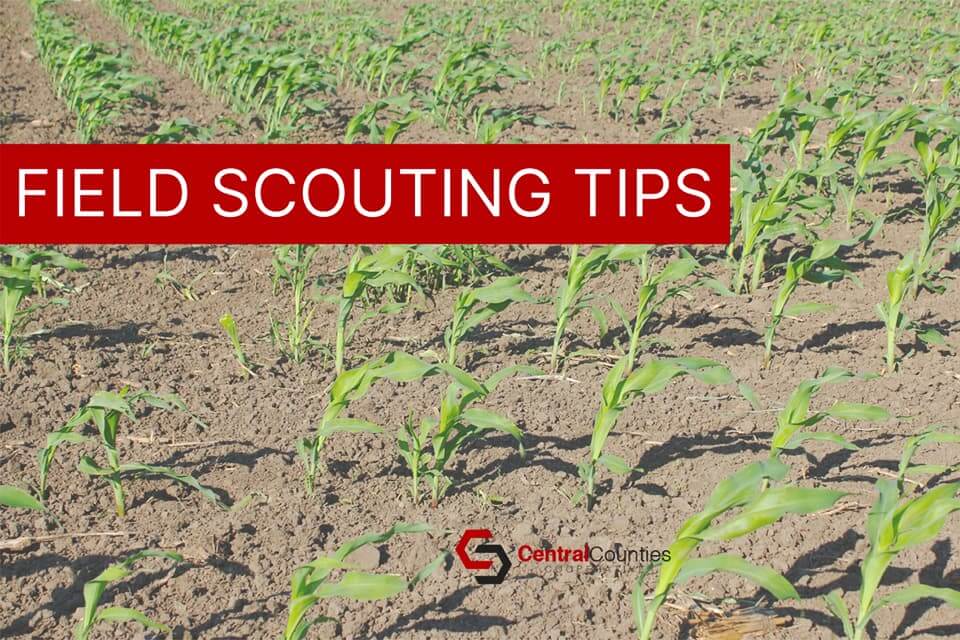Field Scouting Tips
Jun 16, 2020

Scouting your fields for weeds, pests, and disease is an investment you can make during the growing season to protect your crop yield potential. Each stage of the growing session has its own challenges, so it is important to stay on top of scouting from start to finish.
Here are a few tips to keep in mind when field scouting:
Be proactive and timely. Know your area and when to anticipate specific insects, weeds, and diseases. For instance, as July rolls around be on the lookout for aphids.
Get in the field. Hop out of your truck and walk through your field using a W shaped approach to help you get a more comprehensive overview of potential problems.
Take action. If insect threshold numbers are met, contact your Central Counties agronomist to chat about how to address it.
Be wary of the weather. Oftentimes pests and diseases are shaped by the weather. Keep an eye on your crops if unusual weather occurs.
Keep your notes. The records you keep impacts the amount of knowledge available to make decisions next year. Record the numbers and types of weeds, diseases, and pests. Track application and timing of treatments and any additional information that could make next years scouting more effective.
Soybean diseases to watch for: sudden death syndrome, stem rot, white mold.
Corn diseases to watch for: bacterial leaf streak, goss leaf blight, and wilt.
Wheat diseases to watch for: bacterial leaf streak.
Sugarbeet disease to watch for: rhizoctonia root and crown rot, cyst nematode.
Pests to watch for: armyworm, black cutworm, aphids, grasshoppers, japanese beetle, potato leaf hopper.
It is helpful to draw on the knowledge and experience of others. Chances are if you have a problem in your field, your neighbor or agronomist has already seen it on another field. Don't hesitate to contact your Central Counties agronomist. if you have any questions regarding scouting or scouting finds. Effective scouting is one of the best investments you can make to preserve yield.